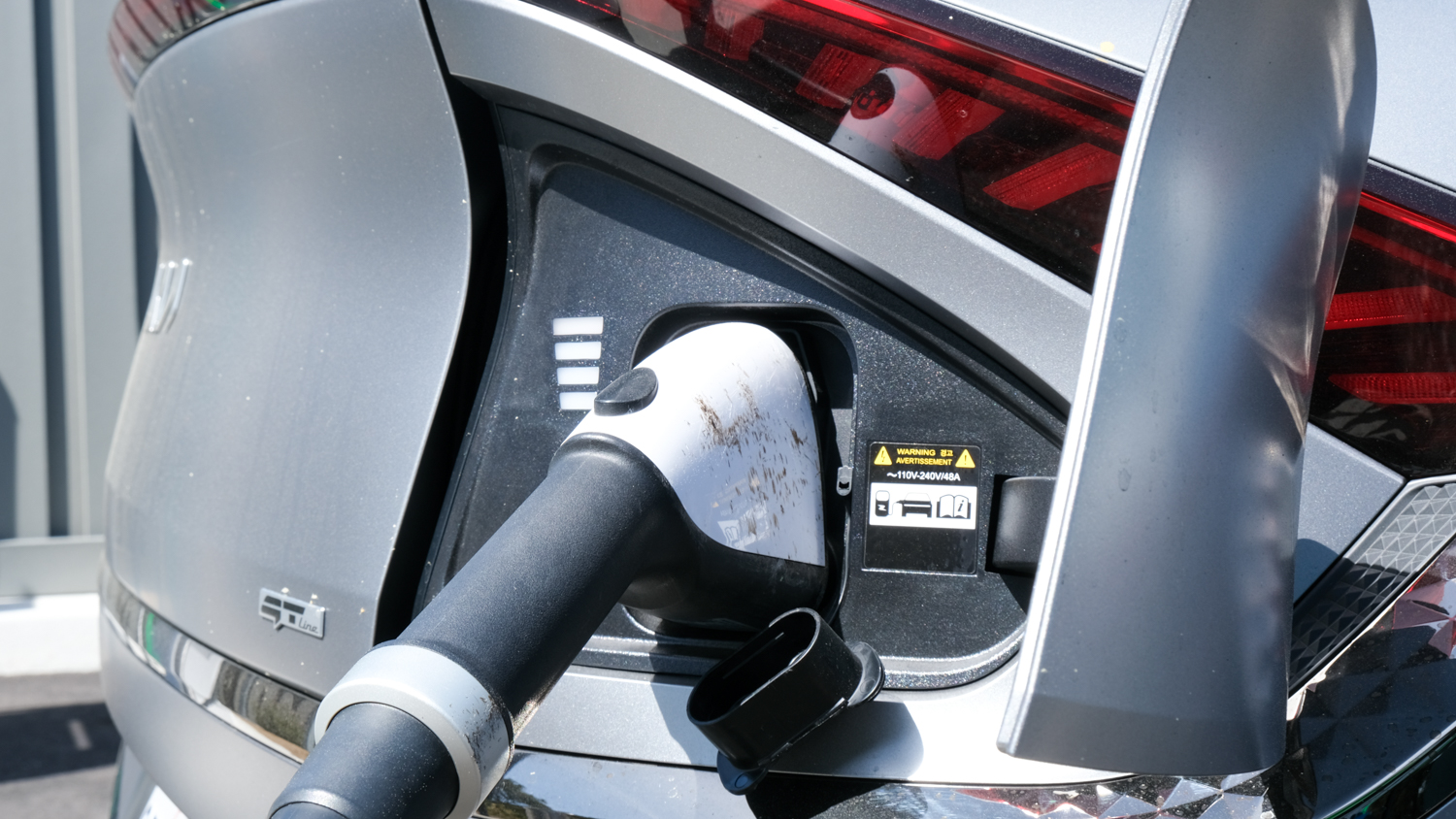A new, unexpected EV innovation could soon completely revolutionize how we create batteries used in electric vehicles. The discovery was completely accidental, but it could allow for capacitors with 19 times the energy density of current options.
The breakthrough comes in the form of a new material structure that could allow capacitors in electric vehicles or devices to store energy for even longer. While batteries can already hold a charge for a long time, the capacitors that help charge them are more limited.
However, this new, unexpected EV innovation could soon change. The new “heterostructures” allow for a reduced speed in energy dissipation, the scientists explain in a study detailing their findings. That study is published in the journal Science.

To understand the importance of this breakthrough, we have to understand how capacitors work. Essentially, they offer a way for devices, or electric vehicles, to get a burst of energy beyond the battery. This is useful in situations like taking a photo using the flash in a smartphone.
These capacitors are most often made up of materials that are naturally polarized. And then, when you add voltage, the polarization is reversed. This remains within the capacitor even when the power is removed, allowing the capacitor to use that burst of energy later on. However, it loses power over time. This is where the unexpected EV innovation comes into play.
That’s because, with the new, novel approach, the capacitors don’t lose power nearly as quickly. This makes them more useful in the long term and helps provide power more often without needing to reapply the voltage to reverse the polarization of the capacitors. It’s an intriguing discovery that, when scaled up, could completely change the EV game, similar to how faster charging batteries will shake things up.
Of course, we’ll have to wait to see if it can be scaled up first.








